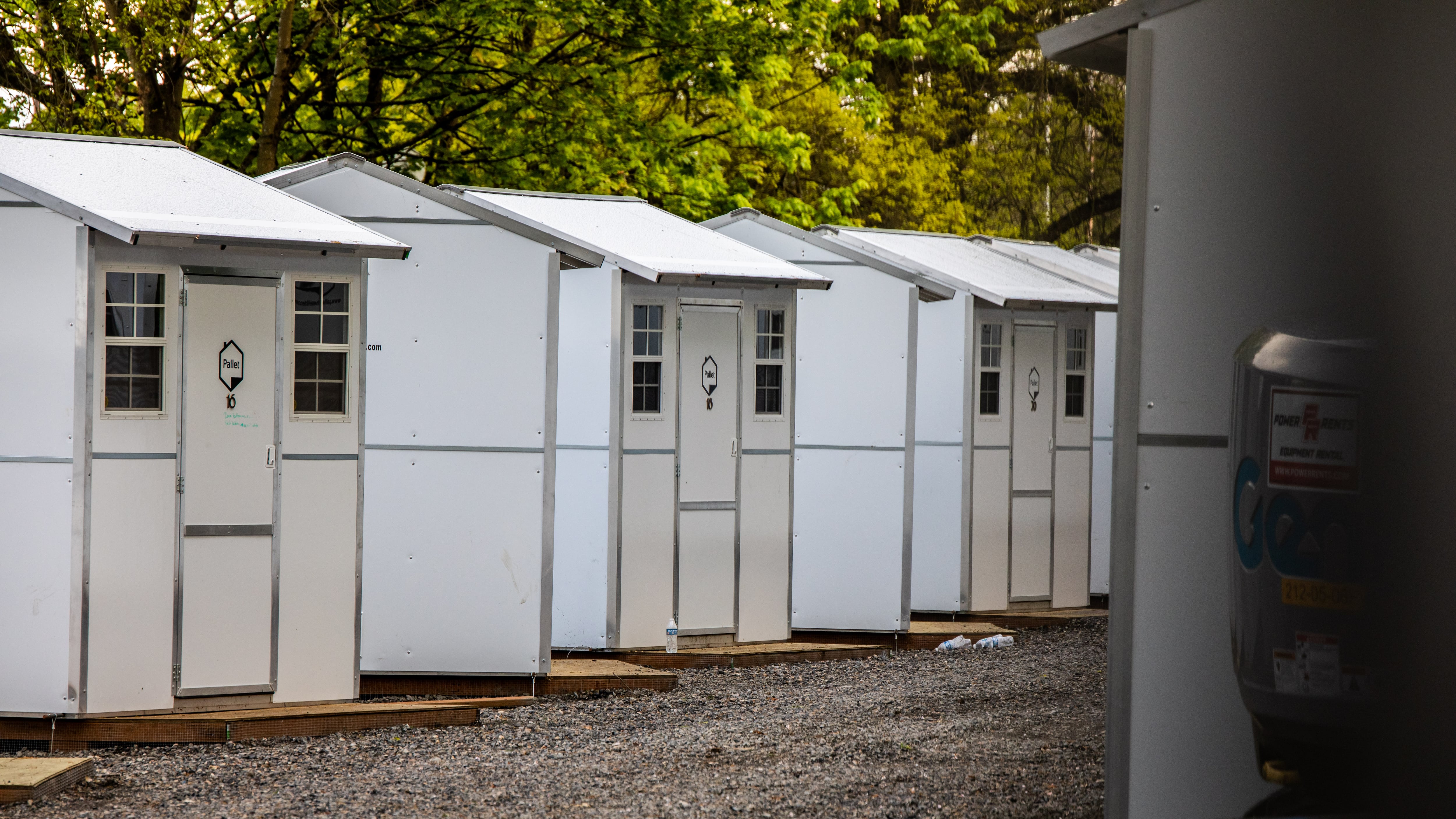THE VISION: Last fall, Mayor Ted Wheeler announced a plan to reduce visible homelessness in Portland. He would build three, 500-capacity sanctioned encampments across the city where homeless Portlanders could pitch their tents, eat three meals a day, shower, wash clothes, and access behavioral and mental health services.
The genesis of the plan came from former mayoral aide Sam Adams. In a memo Adams sent to elected officials early last year, first reported by WW, he laid out a plan for 1,000-capacity sanctioned encampments staffed by social workers, medical professionals and unarmed Oregon National Guard “security specialists.”
At the time, elected officials scoffed at the idea, but Wheeler resurrected the plan last fall with some slight tweaks.
WHERE IT’S AT NOW: It’s been over a year since Adams first sent his plan to regional leaders. It’s shrunk to a much smaller-scale project. The mayor now envisions six encampments across the city, each with initial capacity for 150 people.
And instead of tents, some residents may well sleep in tiny pods purchased by Multnomah County using funds from Gov. Tina Kotek’s $200 million homelessness package. (The Oregonian last month reported on Kotek’s reluctance to fund tents with her homelessness package. She asked instead for tiny pods.)
“There is a possibility that a select number of pod shelter units and operational costs could be covered under [Kotek’s plan] if included by Multnomah County,” says Skyler Brocker-Knapp, a senior policy adviser to Wheeler. “Ultimately, the plan is developed and implemented by the county.”
DÉJÀ VU? Onlookers can’t help but notice that Wheeler’s encampments now look less like Adams’ proposal than the pod villages operated by Multnomah County since the start of the pandemic and more recently by City Hall.
The city’s pod villages—only two of the promised six villages currently house people—have fallen short of the city’s promises. City Commissioner Dan Ryan has blamed such obstacles as nailing down sites, neighborhood pushback, higher-than-expected costs, and difficulty finding nonprofits to run them.
Now, Wheeler’s encampments are looking more like the villages: Both may sport sleeping pods. The capacity of Wheeler’s camps has dwindled to 100 each. Both will provide basic sanitary services, access to behavioral health support and case management. Both will be managed by contracted nonprofits.
It’s not entirely clear what still separates the two, but Brocker-Knapp says Wheeler’s camps are an “updated” version of the safe rest villages and intend to serve higher-acuity clients than the villages. (The city has hired California nonprofit Urban Alchemy to run some of the camps. It runs similar camps in California and Texas.)
“The service model is intended to serve high-acuity individuals,” Brocker-Knapp says, “by providing intensive, personalized case management with a high [1-to-15] staff-to-client ratio.”
Correction: A previous version of this story said the camps will have initial capacity for 100 people apiece. That’s incorrect. Camps will have initial capacity for 150 people apiece.

